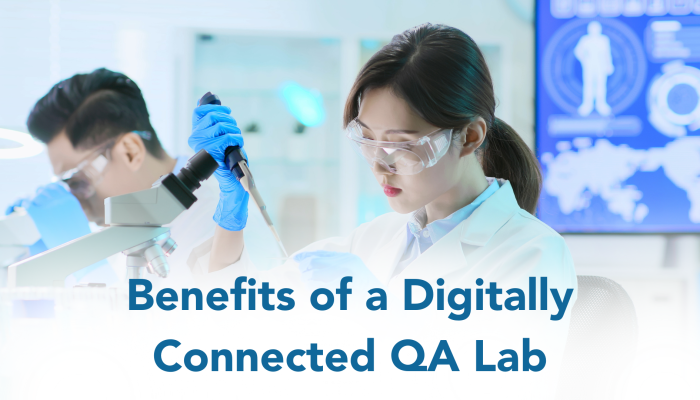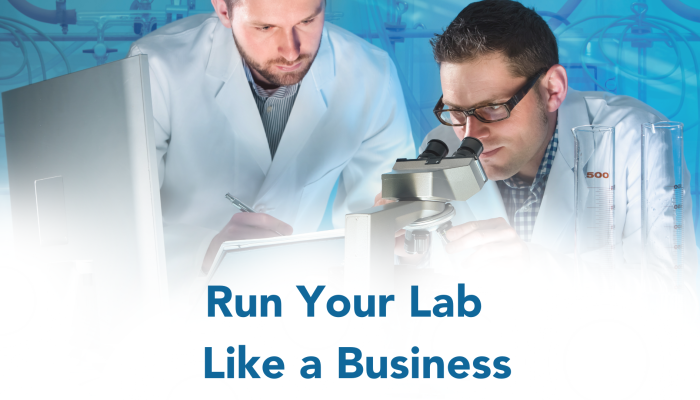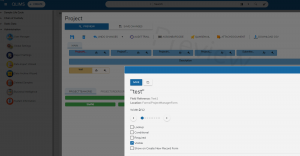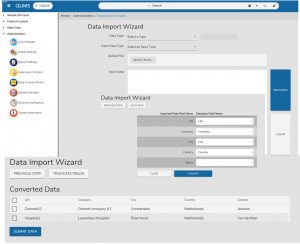Why You Should Use Laboratory Software
This blog will dive into the essential reasons why you should use laboratory software, particularly Laboratory Information Management Systems (LIMS). Laboratories of all sizes are turning to digital solutions to streamline their operations, enhance efficiency, and ensure compliance with regulatory standards. In today’s digital age, our lives revolve around technology. From the moment we wake up to the time we go to bed, we are surrounded by smartphones, laptops, and various applications that simplify our daily tasks. Just like how we rely on apps to manage our personal lives, laboratories can benefit greatly from automation and digitalisation. Scientists and lab managers often find themselves bogged down by manual processes and the burden of handling errors caused by these processes. Imagine if they could focus solely on their scientific research without the distractions of manual paperwork and data management. The traditional laboratory management mode is inefficient, the workload is large, the utilisation rate of laboratory equipment is low, and the laboratory environment and instrument equipment cannot be monitored in real time. Aiming at the current status of laboratory management in colleges and universities, an intelligent laboratory management system based on cloud computing and Internet of things technology is constructed, which can effectively monitor the laboratory environment and instruments and equipment in real time and dynamically manage and maintain them (Suiqun Li et al 2020 J. Phys.: Conf. Ser. 1549 022107). Software service mode (SaaS) is one of the modes with a large number of cloud computing users. Users do not need to buy software, only need to rent software from the provider and use it through the Internet, which is the development trend of future management software. It has advantages such as a long benefit cycle of one-time investment, on-demand service, flexible use and wide application range (Peng Rong, 2010, Dalian Maritime University). This is where our SaaS solution, QLIMS, comes in. Designed to streamline laboratory operations, QLIMS offers a user-friendly interface and configurable features that cater to the unique needs of each laboratory. With QLIMS, laboratories can reduce cognitive load, improve productivity, and ultimately, accelerate their research and discoveries. True SaaS Solution: QLIMS is a true SaaS (Software as a Service) solution, offering accessibility and flexibility for laboratories of all sizes. Comprehensive Data Management: QLIMS goes beyond simple data management, offering features that translate data into actionable insights and knowledge. You can read more about new functionalities of QLIMS here. Configuration, Not Complex Customisations: Unlike other LIMS platforms that require complex customizations, QLIMS offers easy configuration options, making it simpler and more efficient for laboratories to use. Easy-to-use feature is just one of our features. If you would like to have a look at why customers choose QLIMS in more detail, click here. Visualisation Features: QLIMS stands out with its focus on visualisation, providing efficient and visually engaging data presentation that enhances user experience. You can gain deeper insights into your data with Visual Dashboard powered by Kibana. AWS Qualified Software: QLIMS is qualified by AWS (Amazon Web Services), ensuring high standards of safety and performance. It means that our software solution has been tested and approved by AWS. This qualification demonstrates our commitment to providing world-class cloud infrastructure for our customers. To summarise, You need a system created by scientists, for scientists, which works with how you work and what you are trying to achieve. Because, ultimately, the best results will come from a system that is lab grown. Get in touch with us now to discuss how QLIMS can benefit your laboratory! 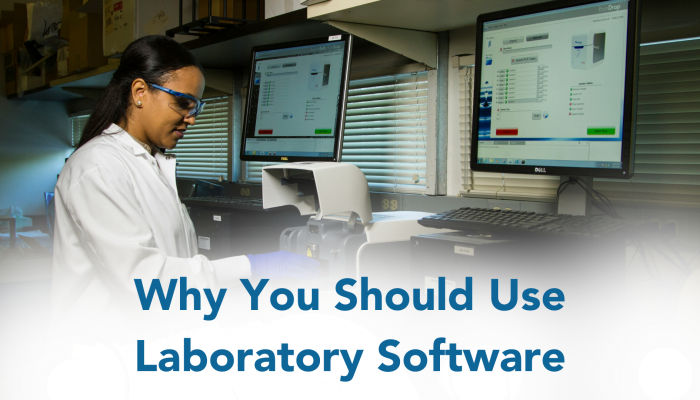
Why You Should Use a Laboratory Software

QLIMS as a Solution
Some of the Key Features of QLIMS:
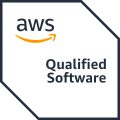
References

